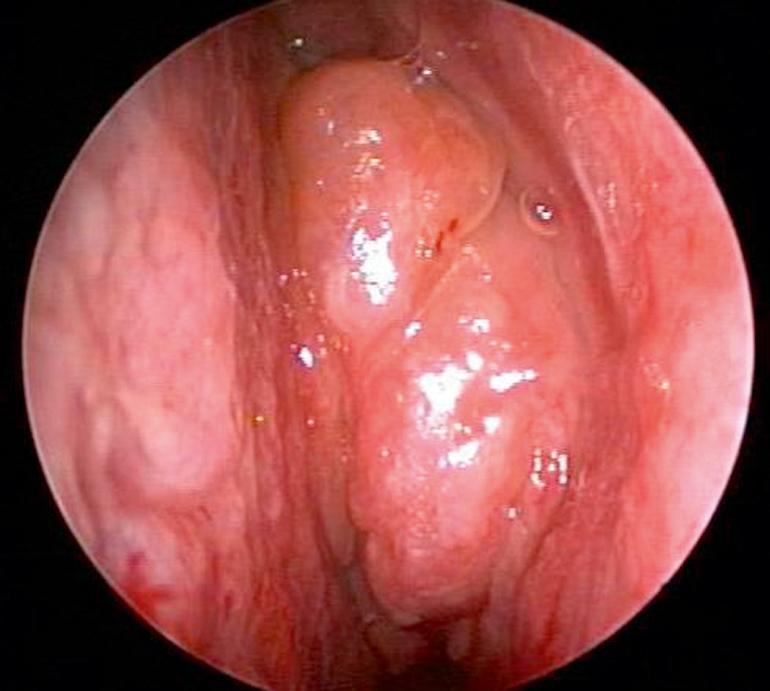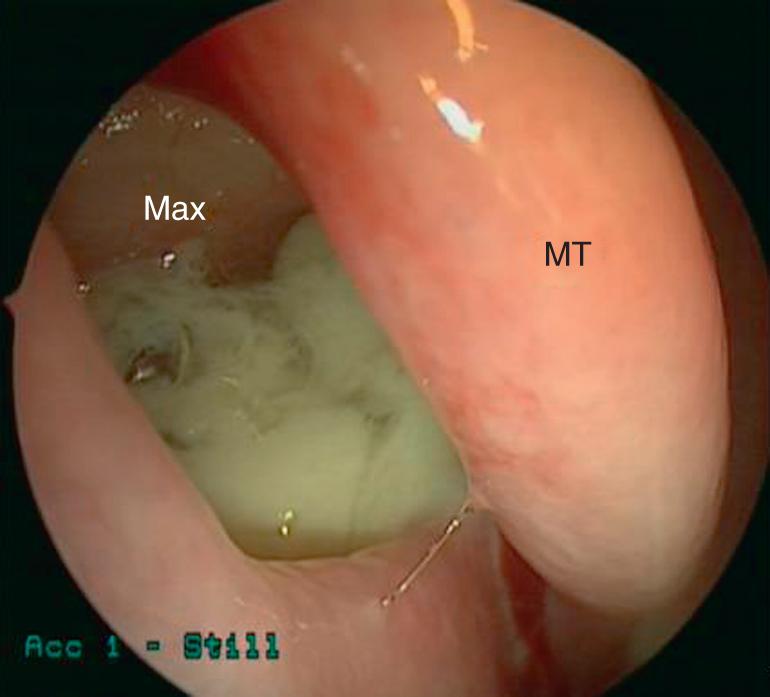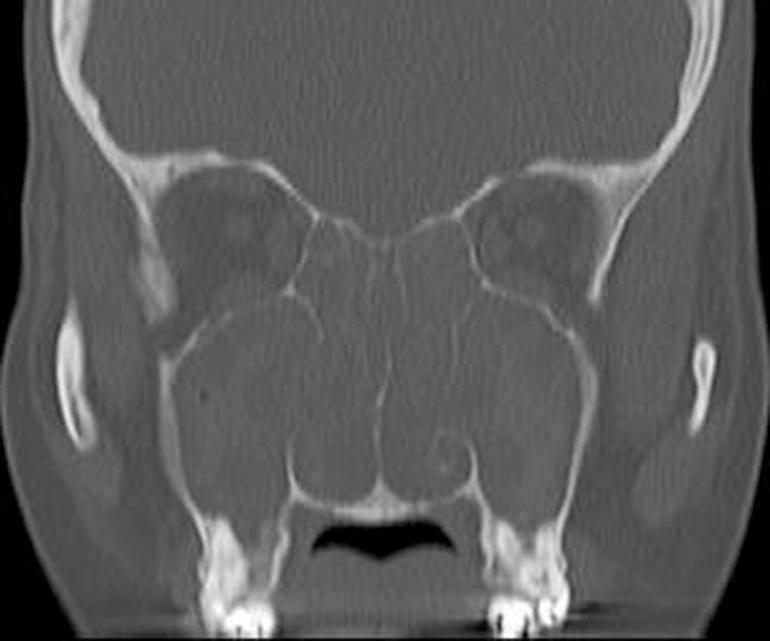Physical Address
304 North Cardinal St.
Dorchester Center, MA 02124
Chronic rhinosinusitis (CRS) in both adults and children is defined based on specific guidelines including both subjective and objective criteria.
CRS is a multifactorial inflammatory process characterized by a dysfunctional host–environment interaction.
Medical management of CRS involves nasal saline irrigation, topical anti-inflammatory agents, oral antibiotics, and systemic corticosteroids.
Patients with CRS who fail to respond to appropriate medical therapy may be candidates for endoscopic sinus surgery, which has been shown to significantly improve symptom-related quality of life.
There is an important association between the presence of asthma, CRS, airway inflammation, and nasal polyposis, especially in the case of aspirin-exacerbated respiratory disease (AERD).
The importance of bacteria (and all microbes) in the etiology of CRS and the role of antibiotics in its management remain to be defined.
Surgery in patients who have failed medical therapy has an important role in the management of CRS.
CRS is chronic inflammation of the mucosal lining of the paranasal sinuses that persists for at least 12 weeks. Clinically, rhinosinusitis is defined by clinical symptoms (subjective) plus characteristic endoscopic and/or CT changes (objective). CRS is generally further categorized as with nasal polyps (CRSwNP) or without nasal polyps (CRSsNP).
The most common symptoms include nasal congestion or blockage, nasal discharge (either anterior or posterior), facial pain and pressure, and hyposmia. Other symptoms that may be associated are cough, headache, throat discomfort, laryngeal irritation, hoarseness, halitosis, ear pressure, dental pain, and malaise. In general, the same symptoms are seen with acute and chronic rhinosinusitis, but the symptom pattern and chronicity are different.
Endoscopic signs may include nasal polyps ( Fig. 27.1 ), mucopurulent discharge (primarily from the middle meatus) ( Fig. 27.2 ), and/or mucosal edema (also primarily in the middle meatus). CT findings include mucosal thickening of the paranasal sinuses and ostiomeatal complex, and fluid or debris in the paranasal sinuses (opacification) ( Fig. 27.3 ).



The diagnosis requires both subjective and objective findings ( Table 27.1 ).
| Subjective |
| Sinonasal inflammation persisting for ≥12 weeks with at least two or more of the following symptoms: |
| Nasal blockage/congestion/obstruction Nasal discharge (anterior/posterior) Facial pain/pressure Reduction/loss of sense of smell |
| Objective: Confirmation of diagnosis |
| Evidence of inflammation on paranasal sinus examination or CT Evidence of purulence emanating from the paranasal sinuses or ostiomeatal complex CRS is divided into CRSwNP or CRSsNP based on the presence or absence of polyps |
The diagnostic criteria in children are very similar to those in adults, however, cough is accepted as a symptom of CRS in the pediatric population. In addition, CT scans are ordered less frequently due to concern for unnecessary radiation exposure ( Table 27.2 ).
| Subjective | |
| ≥12 weeks of two or more symptoms: | |
|
|
|
Facial pain/pressure |
|
Cough |
| Objective | |
| Either endoscopic signs and/or CT changes | |
|
|
|
|
Based on a National Health Interview Survey, about 13% of the U.S. population reports that they suffer from “sinusitis.” However, an analysis of the 2007 Medical Expenditure Panel Survey of 225 million Americans demonstrated the prevalence of physician-diagnosed CRS to be 4.9%. Many patients have symptoms they attribute to CRS, which in actuality may be due to other causes – most commonly allergic rhinitis and chronic headaches or other facial pain syndromes.
Become a Clinical Tree membership for Full access and enjoy Unlimited articles
If you are a member. Log in here